

Engage prospects with a scan and streamline customer engagement with FREE QR code marketing tools by Sona – no strings attached!
Create a Free QR CodeFree consultation

No commitment

Engage prospects with a scan and streamline customer engagement with FREE QR code marketing tools by Sona – no strings attached!
Create a Free QR CodeFree consultation

No commitment
Broadcast training schools contend with a rapidly evolving landscape where the pressure to attract and retain high-intent students is matched only by the need to modernize hands-on instruction and maintain engagement across every touchpoint. Despite investments in curriculum and facilities, many schools still struggle with incomplete visibility into student and prospect behaviors, missing out on critical feedback simply because traditional collection methods like printed surveys or in-person focus groups often produce low response rates, patchy data, or overlooked signals from those who never fill out a form.
In an industry where real-time, actionable insights fuel the improvement of media training programs and digital course offerings, even the best schools risk losing sight of the student voice until it is too late to respond. QR codes in education are addressing these persistent obstacles by providing a frictionless, direct channel for students, alumni, or event attendees to instantly share feedback, participate in surveys, or access curated resources with a quick scan, removing the barriers of manual forms, staff intervention, or post-event follow-up that often derail engagement.
By embedding QR codes at orientation, within classrooms, on event signage, and at alumni gatherings, broadcast training schools close the loop between offline learning and online data capture. This unlocks higher response rates, richer feedback, and continuous engagement that supports curriculum refinement, reputation growth, and improved employment outcomes. The integration addresses missed opportunities and latent student needs while helping institutions remain responsive in an increasingly competitive educational market.
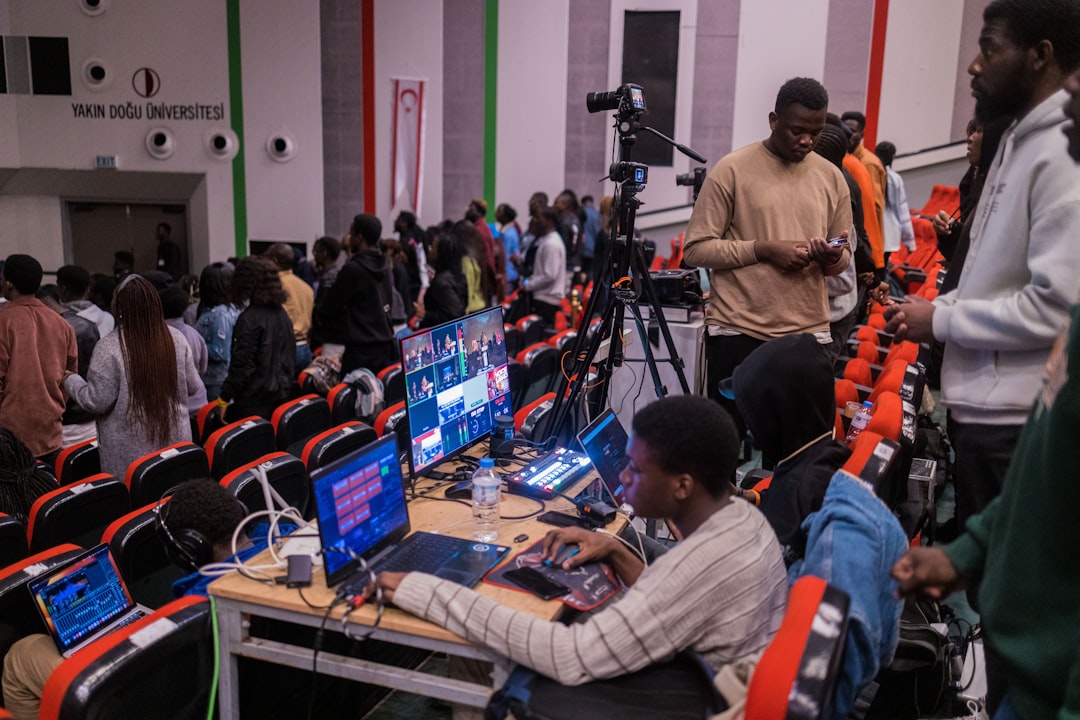
Engaging students and prospects at the right moment remains a challenge when feedback mechanisms are fragmented or inaccessible. Analog processes like paper surveys or hand-collected sign-in sheets often result in missed high-value interactions and lost opportunities for deeper connection and improvement. In a studio-based learning environment, timing is everything. QR codes meet students where they are, during moments of interest and immediacy, which dramatically improves participation.
Replace printed feedback forms at end-of-term evaluations with visible QR panels in classrooms and studio spaces so that even students who may otherwise skip formal evaluations can quickly share their thoughts. Make QR codes part of the room, not an afterthought. When codes are placed near the switcher in a control room, on the door of a radio booth, or beside the teleprompter in a live studio, students can act in the flow of their work without hunting for links or paper.
Track participation in workshops, guest lectures, and career fairs by offering digital sign-in via QR codes. This ensures that even those who do not officially register leave a trail of interest, reducing the risk of missing engaged prospects who would otherwise slip through the cracks. Context-sensitive forms, using Google Forms QR codes, can prefill details like session title and instructor name to streamline completion and improve data quality.
Use dynamic QR codes for alumni events so graduates can easily submit testimonials or job updates, avoiding lengthy and often ignored email requests. Dynamic codes allow teams to switch destinations over time, so the same printed poster can route to an RSVP one month and a recap survey the next, ensuring long-term relevance and better ROI on print.
Platforms like Sona QR enable automatic syncing of this diverse data into CRM and analytics systems, eliminating error-prone manual entry. Staff gain rapid insight into evolving sentiment and attendance patterns, empowering them to proactively resolve issues, identify trends, and optimize experiences for growth and retention. This approach ensures high-quality feedback while preventing the common pitfall of unidentified engagement, the unseen visitors and high-intent prospects who would otherwise remain anonymous.
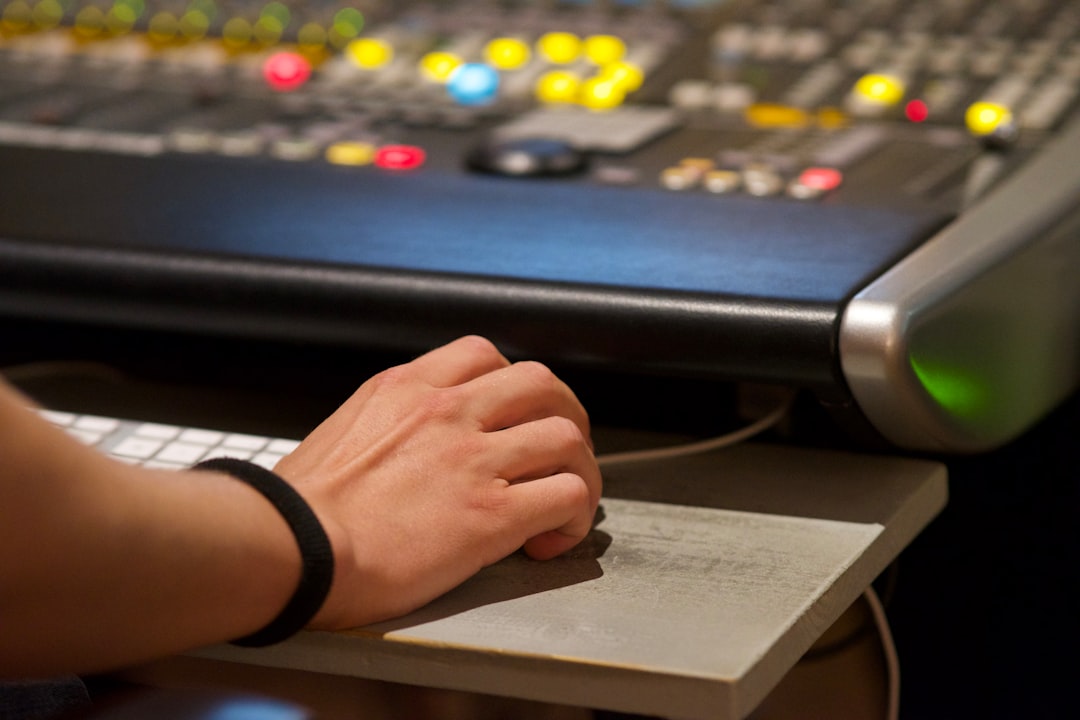
Broadcast training schools frequently contend with the challenge of unknown or under-engaged student cohorts, particularly those who interact casually with school touchpoints but never fill out a form or directly request information. This invisible audience represents significant lost potential if not captured early. QR codes bridge longstanding physical-to-digital engagement gaps by delivering tailored content or calls-to-action directly to the devices students already use. In broadcast education, these gaps appear on classroom walls, equipment racks, orientation packets, and event signage that inform but do not convert. A scannable touchpoint turns these surfaces into a two-way channel.
By placing QR codes on course syllabi, classroom signs, or post-production checklists, communication programs can redirect students and visitors to context-relevant feedback channels, dynamic surveys, and appointment booking tools. The key is to make the destination align with the moment. A QR code next to an editing station might open a quick poll to rate the lab experience, while a code printed on a lighting grid checklist might point to safety feedback or a request for maintenance. When the ask matches the environment, participation increases and the data becomes more actionable.
Dynamic QR codes are particularly powerful. As curriculum or event priorities shift, the linked destinations can be refreshed without reprinting materials like brochures. This ensures messaging and feedback requests stay aligned with real needs, a critical factor in preventing costly campaign mismatches and misaligned communication that leave students disengaged. Schools that run multiple cohorts per term can adapt links between sections and semesters, essentially versioning the student experience without changing the physical assets.
The ability to track granular engagement and adapt resources quickly empowers schools to maintain a unified, responsive approach. QR data fills the knowledge gap that often occurs when programs rely too heavily on static, delayed feedback channels. With visibility into who is scanning, where, and when, you can respond in the same week, not after the semester ends, which keeps students heard and faculty supported.
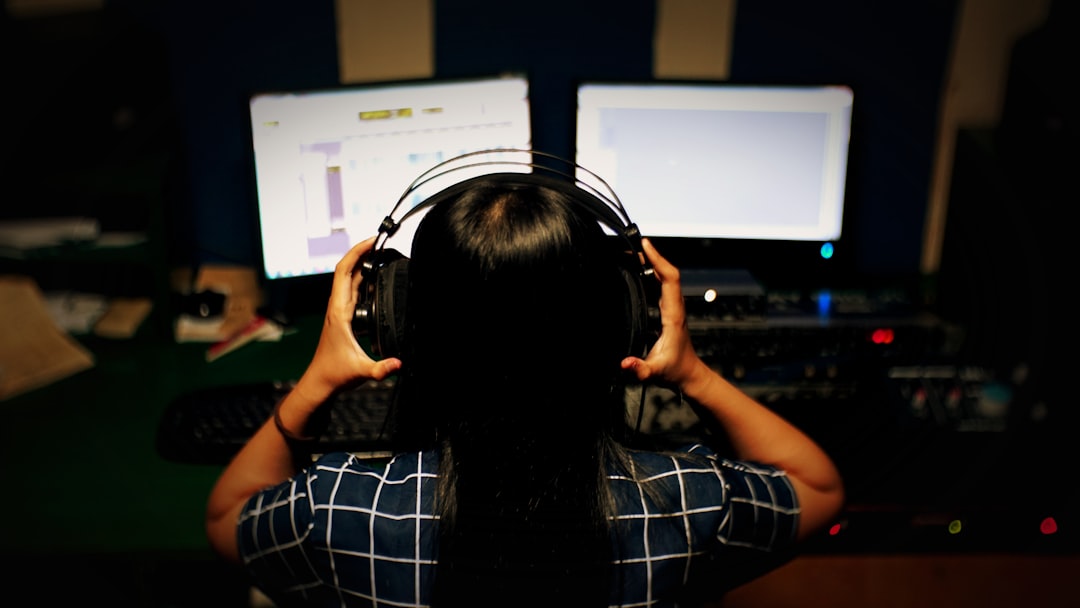
Despite investing in diverse feedback tools, many schools find themselves limited by static QR codes or generic survey links that offer little room for personalization or granular tracking. Valuable engagement signals, like which students interact with particular programs or which events drive the most interest, often go uncollected. Choosing the right QR format and destination opens up new possibilities for data capture, support, and conversion.
Effective formats for broadcast training schools include:
Leveraging these code types lets institutions avoid disconnected engagement and missed upsell or cross-sell opportunities. By accurately tracking who scans and when, program managers gain the visibility needed to tailor follow-ups, spot readiness signals for advanced training, and keep messaging consistent across the student journey. With Sona QR, you can generate and manage these formats centrally, switch destinations as needs evolve, and feed scan data into your CRM and analytics stack for unified reporting.
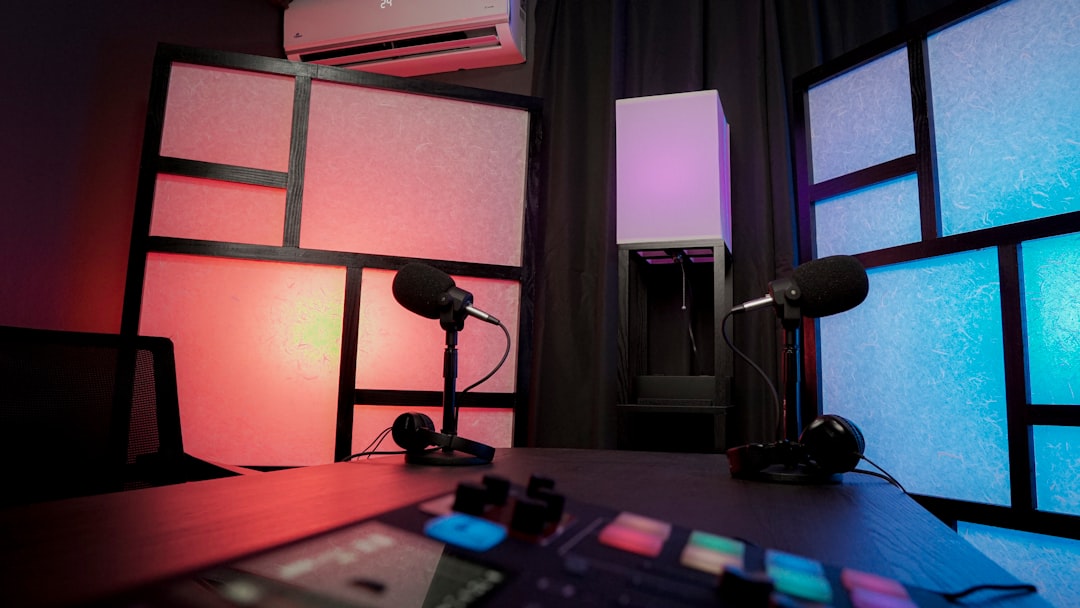
Broadcast training schools may be unaware of the best moments or places to capture high-quality engagement because key touchpoints, like open houses, program brochures, or admissions packets, are treated as static information points. Embedding QR codes into these environments transforms them into action-driving assets. The strongest results occur where attention is high and the action is clear, such as the end of a studio session, during a campus tour, or immediately after a guest lecture.
In practice, growth opportunities emerge when schools think in terms of moments and surfaces. Consider the moments when students are forming opinions or deciding next steps: after a lab, during a Q&A, while reviewing an assignment, or while exploring a facility. Each of these moments can include a scannable prompt to voice feedback, book time with a mentor, join a community, or apply for a program.
Growth opportunities emerge when:
By identifying and activating these high-traffic, high-intent surfaces with QR codes, schools increase conversion rates, gather richer engagement data, and gain the agility to act before interest cools. This translates into more completed applications, better-attended events, faster issue resolution, and clearer signals on what to improve next.
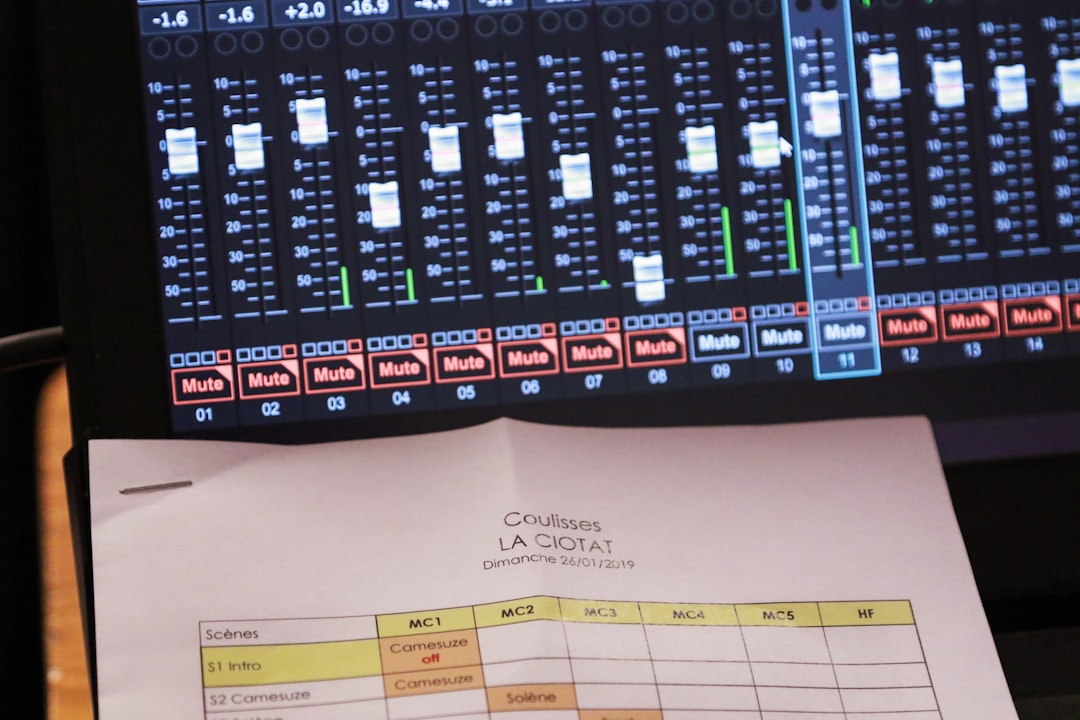
QR codes are at their best when they trigger a purposeful next step that aligns with a student’s context. In broadcast training, that often means connecting hands-on activities with instant feedback, enabling frictionless sign-ins and bookings, or capturing alumni outcomes for accreditation and marketing.
Start with use cases that replace analog friction, then expand into always-on interactions that deepen community and career readiness. For each use case, define the action, the destination, and the success metric you will track.
The outcomes tied to these use cases are measurable. Schools often see two to three times higher survey completion when the request is in-context and mobile-friendly, 100 percent attendance capture at events that rely on scan-based sign-in, and a meaningful increase in alumni updates when the action takes less than one minute. These numbers vary by program, but the pattern is consistent: less friction leads to more signal.
One of the most overlooked challenges in broadcast training is turning anonymous traffic, current students, visitors, or alumni, into actionable audiences for ongoing engagement. With each uniquely generated QR code, schools capture not just a scan but also rich context that segments audiences by intent and lifecycle stage. Doing this across multiple touchpoints builds a living map of interest and momentum that marketing and student success teams can use to personalize outreach. For campaign ideas, see Sona’s playbook on intent-driven retargeting.
Deploying codes across admissions guides, course packets, and alumni event invites means every interaction builds a segmented CRM or email audience. Segment distinctions matter in education. You might segment by prospective students exploring broadcast journalism versus audio engineering, current enrollees in core skill courses versus capstone productions, alumni working in television versus podcasting, and employers interested in hiring interns versus full-time roles. Each segment benefits from a different sequence of content and calls to action. See Sona’s intent data guide for deeper signal strategies.
Here is a practical approach to segmentation:
With Sona QR, each code becomes a smart entry point into your funnel, capturing behavior and context that lets you retarget based on real signals, not assumptions. Over time, you can score engagement, surface warm opportunities to admissions or career services, and reduce broad, inefficient outreach that burns out your audience.
Disconnected campaign channels and inconsistent messaging often lead to wasted spend and confused prospects across broadcast training school marketing efforts. QR codes provide a common thread to unify these channels by connecting physical media, live experiences, and digital platforms with measurable interactions. When every print asset, event, or video includes a scannable gateway, you turn attention into action and action into insight.
An integrated approach also improves student experience. When the same QR that appears on a brochure is reiterated in a campus tour video and on a classroom poster, students can engage in the way that suits them best. This consistency builds trust and increases the likelihood that they will respond. It also gives your team unified analytics across channels that were previously opaque, with multi-touch attribution.
With a central analytics platform like Sona QR, schools can map each prospect’s journey, keep messaging relevant at every stage from first inquiry to alumni status, and avoid the inefficiencies that come from treating each channel in isolation. This connected approach reduces duplication, raises conversion rates, and makes it easier to justify spend.
Even simple QR campaigns benefit from a disciplined plan. The following checklist walks you through strategy, design, deployment, and optimization so your codes deliver measurable results rather than scattered scans. Before you begin, define the one action you want most and the one audience you want to move. Clarity here makes every downstream choice easier.
Treat your first deployment as a pilot. Select two or three high-visibility placements, create unique codes for each, and align them to a single outcome such as increasing course feedback or boosting event RSVPs. Measure baseline performance, then iterate based on real data, not hunches.
Identify where analog friction is highest and impact will be felt quickly. In broadcast training schools, two common candidates are end-of-term course evaluations and event sign-ins. For example, set a goal like improving core course feedback completion from 35 percent to 70 percent this term, or capturing 90 percent of attendees at the spring industry panel with a scan-based sign-in.
Match the code format to the action. Dynamic codes are the default for most campaigns because they offer tracking, editing, and A/B testing without reprinting.
Design codes that stand out visually and scan instantly in real environments like dim studios or bright lobbies. Pair every code with a clear promise and a visible call-to-action.
Start where visibility and intent overlap. Layer placements so students encounter the same CTA in different contexts, which reinforces action and improves recall.
Use analytics to learn which placements and messages work best, then double down. Move beyond counting scans to measuring completions and next actions.
Too many institutions stop at counting scans, failing to draw connections between touchpoints and student outcomes. Without deeper attribution, feedback data often stagnates, preventing schools from knowing which marketing, course, or alumni engagement actions truly deliver value with offline attribution.
By tracking each QR interaction through platforms that integrate with existing CRM systems, broadcast training schools can build a detailed map from first scan at an open house to application submission, enrollment, graduation, alumni engagement, and even professional placement. This visibility surfaces engagement signals such as readiness to apply, likelihood to enroll in advanced workshops, or need for intervention in a struggling course. It also enables more targeted follow-ups that protect against churn and wasted outreach.
With Sona QR and Sona, you can:
The result is a performance view of your offline-to-online funnel. Instead of guessing whether posters, panels, or postcards are working, you can measure, compare, and optimize. This turns QR codes from a convenience into a strategic instrument that reallocates effort to what moves the needle.
Sustained success with QR codes comes from consistent execution, smart iteration, and a culture that invites students and alumni to engage. The tips below align with the physical media and workflows common in broadcast training and can be implemented without heavy lift.
For creative deployment, consider printing small QR stickers for equipment checkout cards that link to quick start videos and short feedback polls. Another example is including a personalized QR in internship offer letters that routes students to a checklist and advisor booking page, which improves readiness and support without extra emails.
Broadcast training schools are increasingly finding that the old methods of gathering feedback and tracking engagement fall short in a digital-first environment. QR codes bridge these critical gaps by making each physical interaction, whether on campus, at industry events, or during alumni reunions, actionable and measurable. This combination of rapid insight, improved data quality, and seamless integration with digital platforms enhances student experience and allows faculty and staff to respond proactively to emerging needs, keeping programs agile, relevant, and competitive in the face of shifting demands.
The integration of QR codes into the daily operations and outreach programs of broadcast training schools is rapidly shifting from being a mere convenience to a foundational strategy for sustained success. By capturing actionable feedback at scale, surfacing meaningful engagement signals, and connecting fragmented offline and online data, QR-powered workflows enable institutions to move beyond reactive solutions. This empowers schools to adapt to student expectations in real time, demonstrate program impact with confidence, and foster a truly responsive culture. With platforms like Sona QR, teams can generate and track their first codes in minutes, sync data to existing systems, and connect scans to outcomes that matter. Start creating QR codes for free.
QR codes have revolutionized broadcast training schools by transforming traditional feedback collection into a seamless, data-driven process. They empower educators to gather real-time insights from trainees, enhancing course quality and learner engagement while streamlining administrative tasks. Imagine instantly knowing which training modules resonate most and where improvements are needed, enabling you to tailor programs that truly elevate broadcasting skills.
With Sona QR, you can create dynamic, trackable QR codes in seconds—no need for reprinting as campaigns update instantly. Every scan provides actionable data, connecting feedback directly to program improvements and learner success. This means better training outcomes, higher student satisfaction, and a stronger reputation for your institution.
Start for free with Sona QR today and turn every scan into valuable feedback that drives continuous growth and excellence in broadcast training.
The article does not list specific top broadcast training schools but suggests using QR codes and digital engagement tools to identify and connect with relevant local programs.
Choose a broadcast training school that uses modern, responsive feedback methods like QR codes to ensure continuous student engagement, curriculum refinement, and strong career support.
The article does not specify enrollment qualifications for broadcast training schools.
Graduates can benefit from programs that track alumni outcomes and maintain career services using QR codes to build partnerships and support employment opportunities.
The article does not provide information on the cost of attending broadcast training schools.
Schools can improve feedback collection by embedding QR codes in classrooms, studios, and events to enable quick, context-relevant, and higher-response surveys and interactions.
QR codes provide a frictionless channel for real-time feedback, increase engagement rates, enable dynamic content updates, and integrate data directly into CRM systems for better decision-making.
Useful QR code types include web links, forms with prefilled data, vCards for contact info, dynamic QR codes for flexible content, app downloads, Wi-Fi access codes, and SMS or email message triggers.
QR codes should be placed on printed syllabi, event badges, admissions materials, lab equipment, guest lecture signage, career services boards, and alumni event materials to capture high-quality engagement.
QR codes capture detailed scan data such as time, location, and device, which integrates with CRM and analytics platforms to track engagement, optimize campaigns, and connect offline actions to outcomes.
Start with a clear goal and audience, select dynamic QR codes for tracking, design visually distinct codes with clear CTAs, deploy across high-impact locations, and continuously track and optimize performance.
Schools create unique QR codes for different journey stages and actions, tag scan data by location and timing, and sync this data into CRM and ad platforms to personalize follow-ups and nurture prospects effectively.
QR codes unify print collateral, social media, direct mail, digital signage, and event materials, providing consistent CTAs and measurable interactions that improve conversion rates and campaign ROI.
Use unique codes per asset with UTM parameters, trigger follow-ups after scans, educate staff and students on scanning benefits, and deploy creative placements like stickers on equipment or personalized codes in letters.
Use Sona QR's trackable codes to improve customer acquisition and engagement today.
Create Your FREE Trackable QR Code in SecondsJoin results-focused teams combining Sona Platform automation with advanced Google Ads strategies to scale lead generation

Connect your existing CRM

Free Account Enrichment

No setup fees
No commitment required

Free consultation

Get a custom Google Ads roadmap for your business






Launch campaigns that generate qualified leads in 30 days or less.
